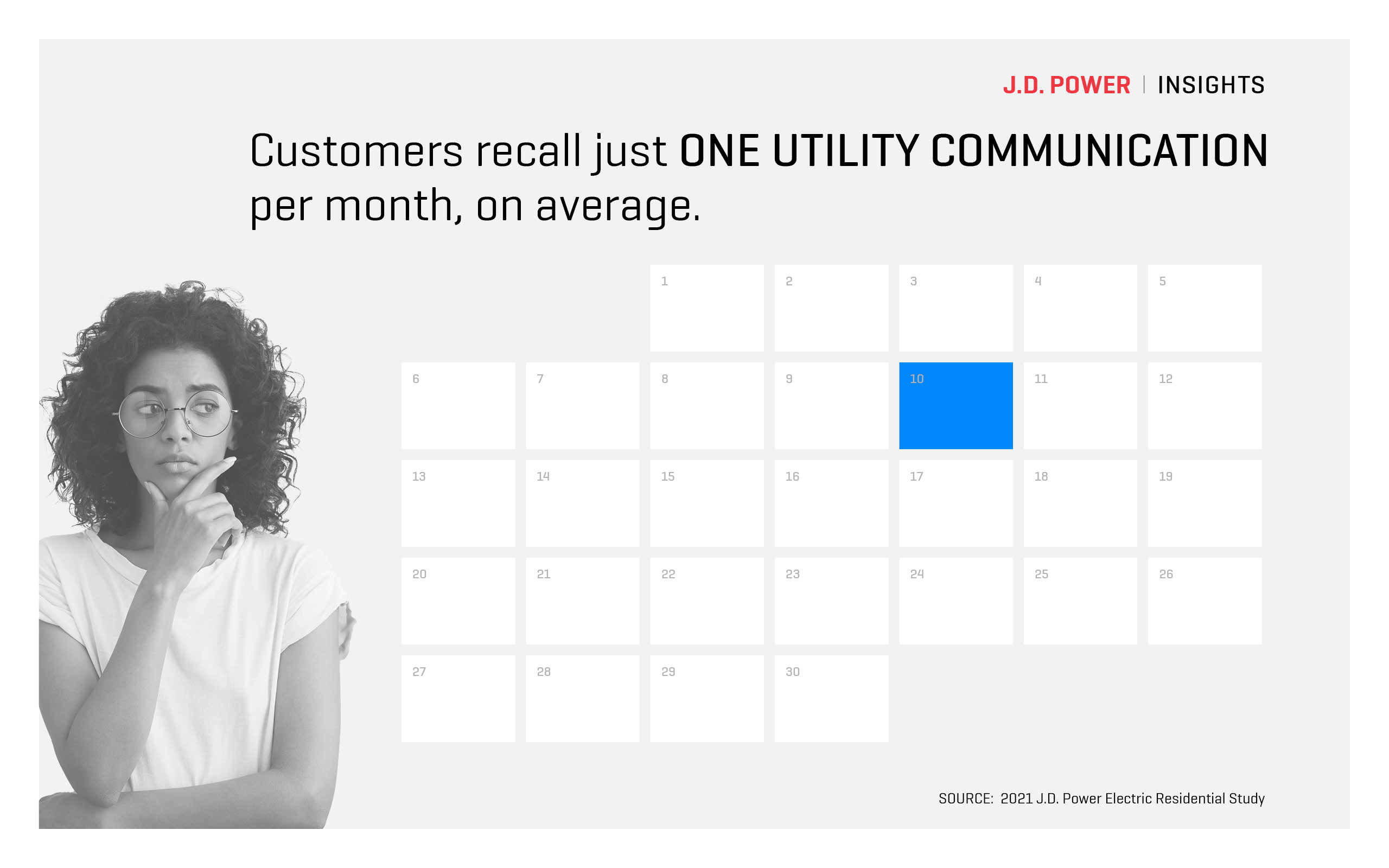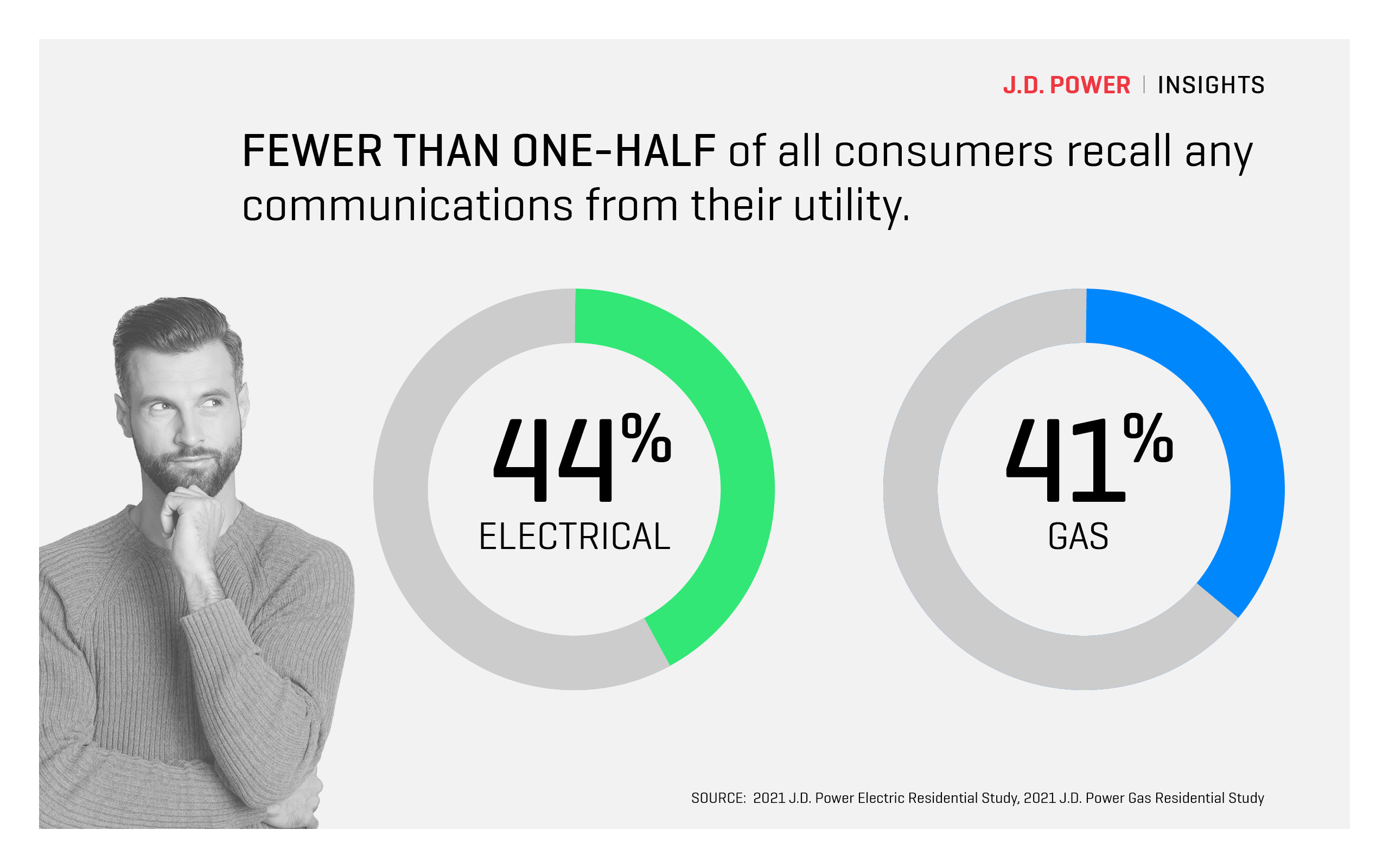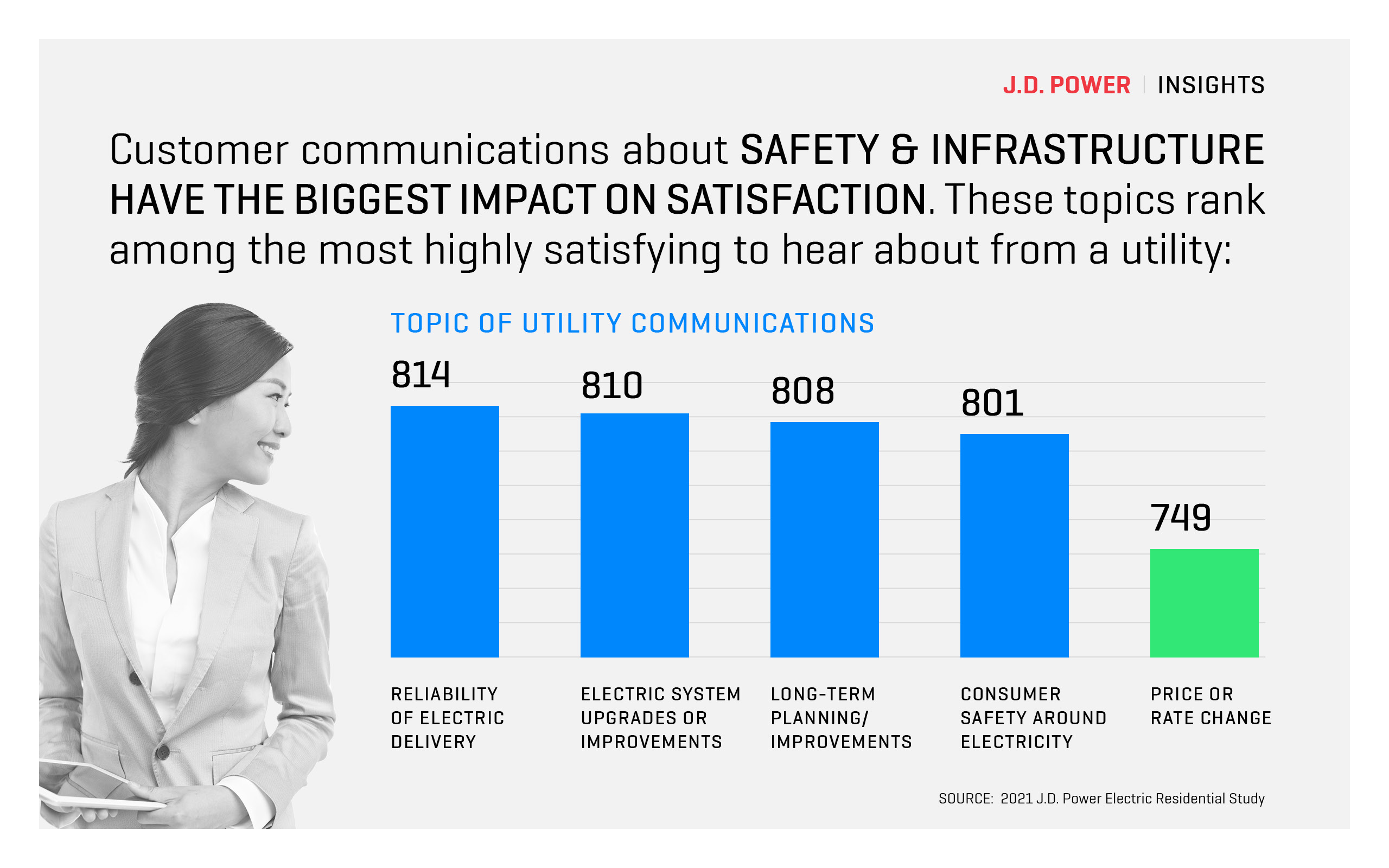As Rising Extreme Weather-Related Incidents Disrupt Utility Operations, Crisis Communication Emerges as a Key Factor for Effective Customer Engagement
The past few years have not been easy for leaders in the utility industry who have responded to record numbers of extreme weather-related crises that have interrupted services to consumers and caused millions—if not billions—of dollars in damage to utility infrastructures.
According to the National Oceanic and Atmospheric Administration (NOAA) the U.S. experienced 20 separate billion-dollar weather and climate disasters in 2021, second only to 2020 in terms of the most disasters in a calendar year. To put the trend into an industry-specific context, the U.S. Energy Information Administration (EIA) reports that energy utilities experienced twice the outage time during 2021 than they did five years earlier. This has affected electric and gas utilities alike.
“It has been no picnic for affected consumers either,” says Jeff Conklin, Vice President of Utilities Intelligence and Technology, Media, & Telecom Intelligence at J.D. Power. “The more fortunate consumers faced the consequences of merely dealing with service interruptions. Many others have been forced to abandon their homes and seek refuge—often in the coldest days of winter or the hottest segments of summer—until some sense of normalcy could be reinstated in their communities.”
All of this, according to J.D. Power, is elevating the importance of crisis communications as a key factor defining the relationship between energy utilities and their communities of interest.
“As a result, a growing number of utilities are reinvigorating efforts to improve constituent engagement strategies before, during and after critical events,” says Jim Croce, Senior Director, Utilities Intelligence at J.D. Power. “The good news is that properly focused and resourced crisis communications can make a difference. When effectively applied, crisis communications can help communities of interest mitigate the worst effects of catastrophic events. But it requires a commitment to an extremely high level of customer engagement and interaction.”

Effective Crisis Communications Requires Comprehensive Perspective
It would be a mistake to think of crisis communications in a vacuum. The most successful utilities in the industry have pursued comprehensive engagement strategies that are rooted in having an active conversation with key constituents on an ongoing basis. The same tools and tactics that are applied to maintain effective lines of communication with customers on a day-to-day basis become the foundation on which crises can be managed when they unexpectedly manifest themselves.
Success does not flow simply from practicing crisis response drills. Instead, they are a byproduct of efforts by utilities that are focused on delivering their service while building connections with communities to establish trust.
“That way, when a crisis does hit, customers not only give their utility providers the benefit of the doubt but see their utility as a partner, reinforcing a sense of collaboration that transcends a transactional relationship,” Conklin explains.

A Case in Point: Consumers Energy
No one knows this better than utility leaders that have made it through a major crisis. That would include Megan Brown, Executive Director of Corporate Communications at Consumers Energy. The utility endured a major catastrophic event as a polar vortex incident on Jan. 30, 2019, disrupted natural gas delivery to constituents for two days in the middle of a frigid winter.
“It was one of the coldest days of the year, if not the decade. We had a fire at our largest gas compressor station, which is in Southeast Michigan,” she recalls.
The compressor station and storage field, she explained, provided gas and heat to two-thirds of Consumer Energy’s customers.
“The fire was precipitated by a safety venting process, that in normal times under normal conditions, is proven safe and effective. However, under unique and extreme weather conditions—both the cold and then 30-mile-per-hour winds—the process became hazardous. We ended up having to call on Governor Gretchen Whitmer, who exercised the Statewide Emergency System to send a text message and a TV banner message to residents asking them to reduce their thermostats and reduce their gas use while we made fixes to the system and put our contingency plans in place,” she says.
The utility then moved into a full-blown execution of its crisis communication plan.
“Transparency was absolutely critical. Our messaging was consistent, timely and proactive. We also focused on a humble, honest tone…not defensive. We adopted two simple phrases during the crisis: those are ‘sorry’ and ‘thank you.’ This was critical: sorry for the inconvenience of having to be a part of a statewide mission to make sure no one would go without heat; and thank you for being a part of the solution. We also utilized the three A's of crisis communication: acknowledge what happened immediately; apologize for your part in it; and act to make it right,” Brown says.
In addition to an aggressive news media engagement strategy, the utility also leaned into social media technologies to make sure the entire community was kept informed on progress toward resolution.
“We did two Facebook LIVE events with our CEO which were very effective, including a statewide press conference with the CEO and the SVP of Operations. We also had community affairs members go door-to-door to residents who lived by the actual fire and had one-on-one conversations with them. Our CEO was the face of the crisis.”
Power was eventually restored to normal operations, and the community was able to move forward. What is interesting to note is that despite—or perhaps even because of—the crisis, Consumers Energy earned the No. 1 ranking in customer satisfaction from J.D. Power in the Midwest Region in that same year. It illustrates how an effective crisis communications strategy can be a driver of positive customer sentiment for utility companies. (EDITOR’S NOTE: To learn more about how Consumers Energy executed its crisis communication strategy, click here.)
Crisis Management and Communication Competencies in the Gas Utilities
While gas utilities have always made safety and crisis management a top priority in their interaction with the communities they serve, the introduction of new communications technologies and channels of engagement have created new opportunities to connect, inform and direct key stakeholders through critical incidents to mitigate risks and protect lives and property as well as employees and other stakeholders.
“It is important to recognize that the safety of our customers and communities has always been a top priority for the gas utility industry,” states Jake Rubin, Senior Director of Public Relations and Executive Communications at the American Gas Association (AGA).
“Natural gas utilities deliver essential energy to nearly 187 million Americans. Any event—even one that affects a small percentage of consumers—is crucial given that natural gas is a vital service and that delivering natural gas comes with some safety risks,” he adds.
That is why all AGA members respond to each unplanned service interruption with a crisis management plan designed to ensure the safety of customers, members of the community, and employees. Emergency messaging strategies are a critical part of the plan, according to Rubin, and they are constantly drilled and further developed to respond to natural disasters like hurricanes, tornadoes, earthquakes and any other event that interrupts service or creates dangerous situations.
“Every member of AGA conducts frequent tabletop exercises and training sessions with local authorities and first responders in their service territories. Included in these drills are the operational teams and communications staff of gas utilities,” he says.
The relationships that are forged between utility communications teams and those of first responders go a long way toward honing the effectiveness of crisis communication operations. Alignment with public information officers of agencies and departments likely to be involved in addressing natural gas-related emergencies lays the foundation for establishing consistent and clear communication. This is essential to quickly getting time-sensitive information out to the right audiences during an incident.

Conclusion
While electric utilities are often the focus of press and public attention during catastrophic events, the gas utility sector is clearly not immune. That is why, says Croce of J.D. Power, it is so important to actively build trust before crises.
“It is too late to start engagements with key stakeholders during a crisis. Establishing a consistent and ongoing communication strategy not only requires clear awareness of the communications tools and channels of engagement that are available to utility leaders, but also a comprehensive understanding of the evolving information requirements of customers,” Croce says.
This is because the channels that are used by customers and utility staff on a regular basis to support day-to-day operations often become the avenues that the public will turn to during a crisis.
“The more that good communication and engagement habits are developed and nurtured with key stakeholders, the better prepared the entire community will be to receive and act on good information when a major incident takes place,” Conklin adds.

“In the end, however, the key to making it through a crisis successfully as a community is less about adopting new technologies and channels of engagement, and much more about establishing trusted human connections. And nothing engenders trust like transparency and accountability before, during and after unexpected disruptions take place,” he concludes. (EDITOR’S NOTE: To learn more about how AGA members plan and practice for crises that interrupt gas utility services, click here.)
 Jeff Conklin, Vice President of Utilities Intelligence and Technology, Media, & Telecom Intelligence at J.D. Power
Jeff Conklin, Vice President of Utilities Intelligence and Technology, Media, & Telecom Intelligence at J.D. Power
 Jim Croce, Senior Director, Utilities Intelligence at J.D. Power
Jim Croce, Senior Director, Utilities Intelligence at J.D. Power

